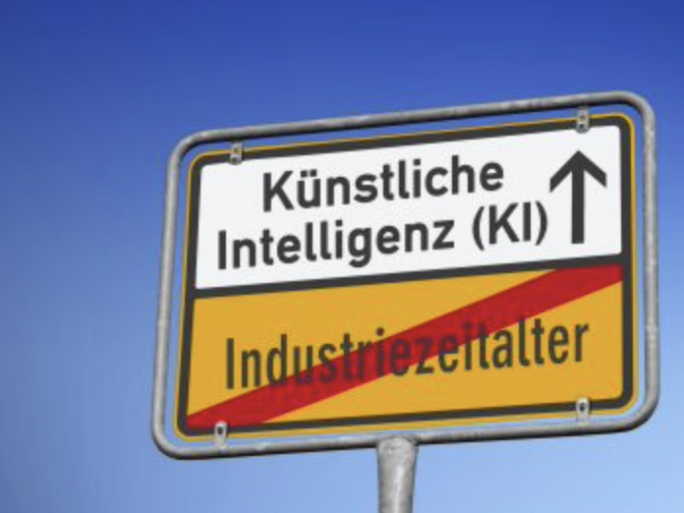Still “Light Years Away” From AI

Interim manager Jane Enny van Lambalgen: “There are more important construction sites than AI in SMEs.”
“Many SMEs are light years away from a corporate strategy for the introduction of artificial intelligence,” says Jane Enny van Lambalgen, CEO of the consulting and management company Planet Industrial Excellence. In fact, in her experience, there are many SMEs that have only made necessary replacement investments over the years and hardly any modernization investments. Many companies have simply lacked the financial resources to do so.
“In project orders, we regularly come across ERP installations that are over 20 years old”. In almost every company, however, there are individual office workers who use ChatGPT or Gemini to make their work easier, regardless of any company strategy, says Jane Enny van Lambalgen. With this “shadow AI”, however, data protection and data security regularly came to a standstill.
Three reasons for AI abstinence
The consultant has identified three main reasons for AI abstinence in SMEs: tunnel vision caused by the economic “fight for survival”, a lack of vision for the future combined with the excessive demands of reacting to ever faster changes, and an overload of bureaucracy and hierarchy that consumes an excessive amount of time and money.
“Nobody says so, but it is obvious that many company owners only invest when it is unavoidable in order to keep the business going,” says Jane Enny van Lambalgen from consulting projects: “As long as the company makes enough profit, many medium-sized entrepreneurs lack the willingness to leave their comfort zone. Added to this is the lack of knowledge about current developments outside of day-to-day business caused by the notorious tunnel vision.”
Bureaucracy as an obstacle to innovation
In addition to the lack of future orientation, in many cases the excessive bureaucracy proves to be an obstacle to innovation. “If even minimal changes are made to a building, for example in the warehouse, this brings a flood of authorities onto the scene, all of whom examine the building according to their regulations and often demand changes. Sometimes the requirements even contradict each other, but in any case they usually involve a lot of effort,” says the interim manager.
Often, it doesn’t even require changes to the business, but simply new requirements that have to be met retrospectively. “I know of manufacturing companies that have invested over the last 20 years primarily to comply with ever stricter fire protection regulations and constantly increasing safety requirements, without gaining any operational advantages as a result,” says Jane Enny van Lambalgen, highlighting the reality in parts of the SME sector.
Lack of skills for the introduction of AI
This is why “most SMEs currently have more important construction sites than artificial intelligence,” says van Lambalgen. These include improving operational processes, adapting production to the state of the art, expanding sales channels, modernizing IT infrastructure, optimizing online activities, taking measures to increase customer loyalty and strengthening resilience, particularly in supply chains.
“AI can help with some of these tasks, for example in operational processes such as purchasing, in the online area and in customer communication.” However, the use of AI for technical applications, evaluations or the creation of dashboards and KPIs is complex. Processing information from older ERP systems is also usually a costly challenge. “The focus must be on achieving operational goals. Artificial intelligence should currently only be introduced if it will benefit the company in the short term,” is her recommendation. In addition, in her experience, many companies simply lack the expertise to introduce AI.